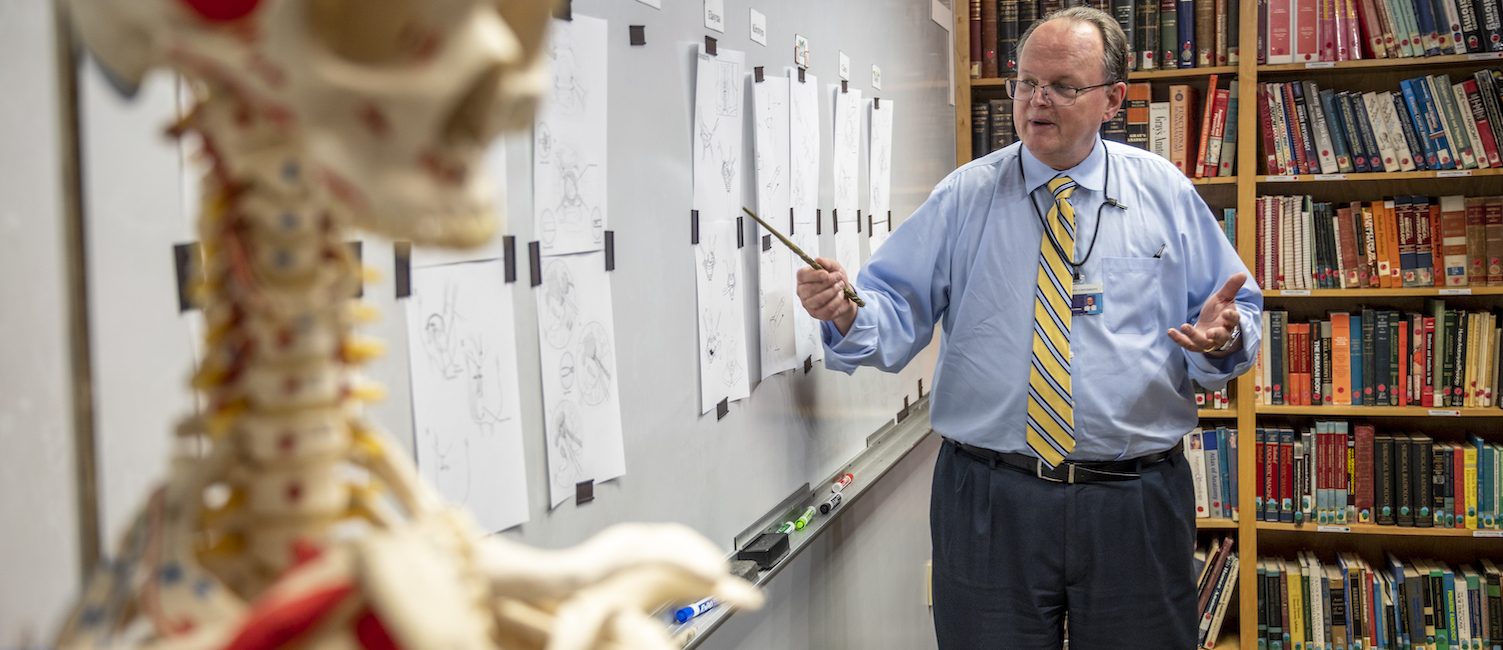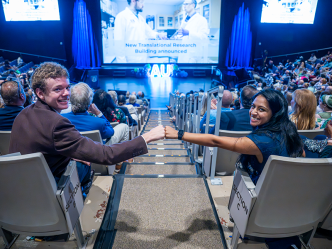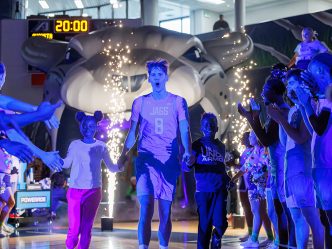Bill Andrews, the recently retired chair of Augusta University’s medical illustration graduate program, is a giant among medical illustrators. He is known for his impeccable artwork and his dedicated mentorship of students and colleagues for more than 23 years.
But there was a time when he had a different dream.
When Andrews enrolled at the University of Texas at Austin as a freshman in 1974, his goal was to play the saxophone, major in music and become a band director.
“I remember, it was the fall of my sophomore year and I had a professor who was my principal instrument professor. He was a concert saxophone player and was quite well known around the nation,” Andrews said. “He sat me down one day and said, ‘Bill, you read music better than almost anybody I’ve ever seen, especially sight reading, but you just don’t have what it takes to be a soloist. If you can’t do that, you really aren’t going to have much of a career as a musician.’”
Andrews was devastated by the professor’s comments.
“I was crushed. It was brutally honest,” Andrews said. “So, I went home for Christmas just feeling down and lost.”
While at home for the holidays, Andrews realized he didn’t have a Christmas present for his parents, so he decided to do a pastel drawing of an award-winning orchid that his parents grew that year.
“My folks were semi-professional orchid growers. They did it as a for-profit hobby, not as a business, and were kind of well known in Texas for growing orchids,” he said. “They had just received an award for one of their orchid plants and I, with nothing better to do, just sat down and did a little pastel drawing of it for them. I gave that to them as a Christmas gift because, as a college student, I didn’t have much money, so I decided, ‘I’ll make them something.’”
His parents loved the gift and thought his drawing perfectly captured the beauty of their orchid.
“My dad was very proud of the drawing,” Andrews said, adding that his father was a physician in Texas. “He took the drawings to the hospital’s medical photographer to have slides made for a talk he was giving and the medical photographer said, ‘Hey, your son has got some talent. Has he ever thought about being a medical illustrator?’”
All of a sudden, a new door opened for Andrews.
“My dad came home and was telling me about medical illustration and I was like, ‘What are you talking about, Dad?’ He sat down and showed me a couple of his medical books and explained, ‘Somebody draws all these pictures,’” Andrews said. “I thought, ‘So, you get to learn about the human body inside and out and you get to make pictures of it. That is really pretty fascinating.’”
A career in medical illustration
His father knew a medical illustrator who worked at nearby Sheppard Air Force Base in Wichita Falls, so Andrews met with him to find out more about the profession.
“He told me the names of a half dozen or so schools that taught this kind of work and the closest was in Dallas,” Andrews said, explaining that the program was at the University of Texas Southwestern Medical Center. “I arranged to go up and meet the program director in Dallas. His name was Bill Winn.”
Winn looked at some of Andrews’ work and encouraged him to consider a career in medical illustration.
“He was very generous with his time and very kind in his encouragement,” Andrews said. “So, the next semester, I went back to UT and changed my major from music to studio art. I figured out how to take the art classes and biology classes I needed. I eventually applied to the biomedical communications program in Dallas and I was fortunate enough to get into the program the first time out. They only took six students at that time.”

“In 1995, Steve Harrison asked if I would join the faculty at MCG,” Andrews said. “But I had just launched a private practice business, so I really wasn’t ready to do it yet. But that put it on my radar screen that, ‘You should think about being a teacher.’ Steve came back to me four years later and said, ‘I really, really want you to come and teach at our program.’ I finally agreed in August of 1999.
“I made it my mission to learn everything I could about this program and, come to find out, Bill Winn, who taught me at the University of Texas Southwestern Medical Center, was a graduate of MCG’s program. It all came full circle for me.”
Outstanding career at Augusta University
Andrews began as an assistant professor and quickly rose through the academic ranks to full professor with tenure in 2012. His reputation in medical illustration was forged in the specialty of cardiothoracic surgery with Dr. Denton A. Cooley at the Texas Heart Institute in Houston. But he has also illustrated more than 20 textbooks, including those focusing on pediatrics, spine surgery, urinary tract surgery, hand surgery, general surgery and head and neck cancer surgery.
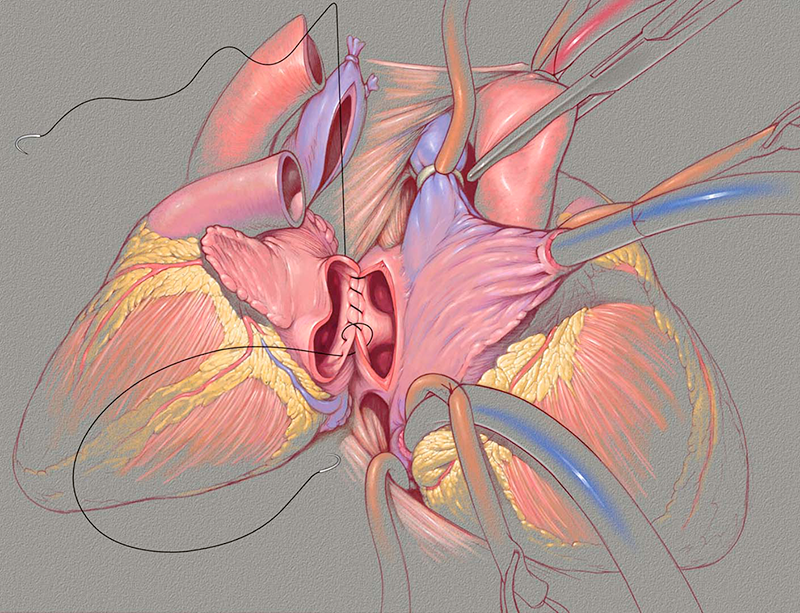
Today, Andrews said he is proud that Augusta University’s medical illustration graduate program within the College of Allied Health Sciences and The Graduate School is one of only four accredited programs in North America.
And in 2000, he became director of the David J. Mascaro Teaching Gallery of Medical Illustration, named in honor of his mentor and close friend. Over the past 22 years in his curatorial position, he has amassed an impressive collection of more than 500 original medical illustrations for the gallery at Augusta University.
“We are building a wonderful reputation for our gallery and for our collections from folks who are famous in our profession,” Andrews said. “It is quite marvelous because this artwork is intended to be educational, motivational and inspirational for our students.”
“We now have pieces from all of the different markets for medical illustration, all of the different genres and all of the different media that we have used over the ages from traditional pen-and-ink, carbon dust, and watercolor to digital works that are being done today,” he added. “Among the educational programs in medical illustration, it is the largest collection of medical art in existence.”
Over the years, Andrews has been recognized for his accomplishments on numerous occasions including in 2009, when he was the youngest educator to win the AMI Brödel Award for Excellence in Education. And, in 2018, Andrews was honored to be given the Association of Medical Illustrators’ Lifetime Achievement Award.
“Receiving the Lifetime Achievement Award from AMI is a marvelous validation of all of your hard work. But, quite honestly, if you want to help people and have that service orientation, you do not go into a field thinking, ‘If I only do one more project, they are going to give me the lifetime achievement award.’ That is not why we do it,” he said.
“It is for the service. It is for the camaraderie. It is for the shared experience and the common good.”
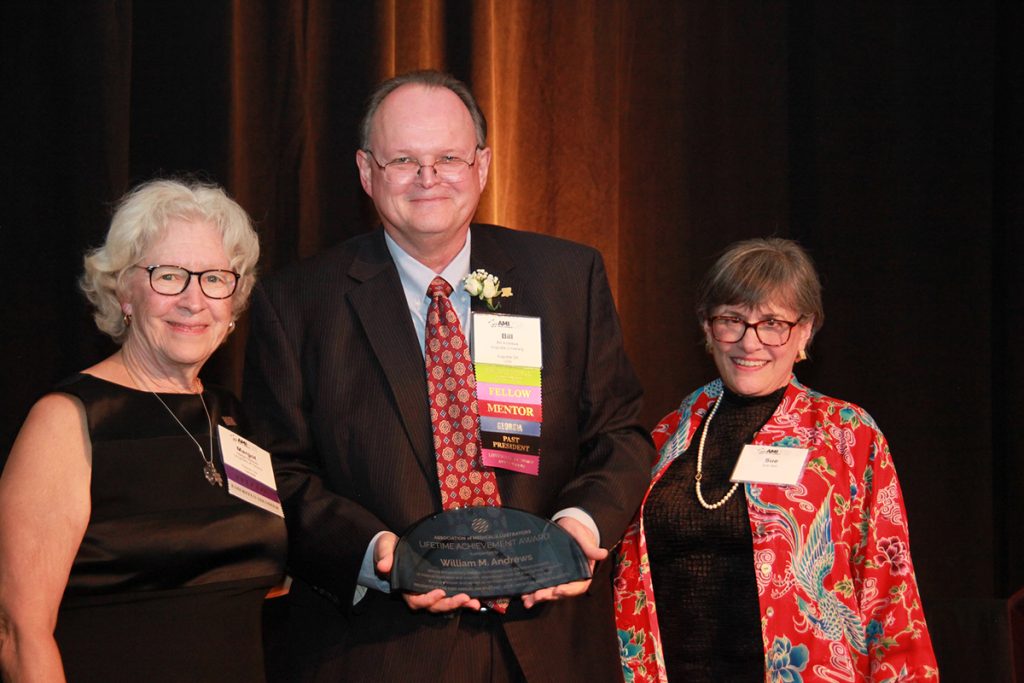
In fact, one of his greatest honors as chair of the Department of Medical Illustration at Augusta University was giving his mentor, Bill Winn, the Robert C. Benassi Outstanding Alumni Award during alumni weekend in April. The Robert C. Benassi Outstanding Alumni Award is named after the first student to receive a Master of Science in Medical Illustration degree from MCG.
“For me, that was a huge moment in my career this past spring at Alumni Weekend to be able to recognize Bill Winn,” Andrews said. “That probably meant as much to me — or more — than getting the lifetime achievement award, honestly.”
Thankful for Andrews’ leadership
Dr. Lester Pretlow, dean of the College of Allied Health Sciences at Augusta University, said it has been an honor having Andrews as part of the Department of Medical Illustration for the past 23 years.
“I have worked with Bill for more than 20 years. From CAHS promotion and tenure to representing AU at the institutional level, his contributions to the college and university are too numerous to list,” Pretlow said. “Nationally, Bill is one of the most prominent names in medical illustration. He is an expert among the experts, having produced a long list of illustrators who have carried his knowledge around the world. I have always found Bill to be a committed professional and a gentleman. His wisdom and quiet leadership will be missed.”
Amanda Behr, the newly appointed chair of the Department of Medical Illustration and the director of the medical illustration graduate program at AU, said it has been her privilege working with Andrews since 2013.
“Bill Andrews is a giant in the field of medical illustration,” she said. “As a professor, he has touched the lives of over 206 students. His legacy will live on through their work and as they teach the next generation of illustrators.”

Lynsey Steinberg, a board-certified medical illustrator at the Center for Instructional Innovation at Augusta University, said Andrews has had a “tremendous impact” on her life.
“For me, as a student, Bill’s attention to detail and accuracy when depicting the heart was remarkable and still influences me every single time I have a project in cardiology,” said Steinberg, who graduated from Augusta University’s medical illustration program in 2012. “I still recall Bill’s important key teachings no matter the medium: visual storytelling and accuracy matter in all forms from virtual reality to surgical procedures. The time spent learning from Bill is an influence which goes far beyond academic achievements, it is a part of our being as the foundation into everything which makes us proud to be medical illustrators.”
His influential teachings will transcend into future generations through all of his former students, Steinberg said.
“A professor’s influence has an impact for eternity,” she said. “We are so grateful for you, Bill.”
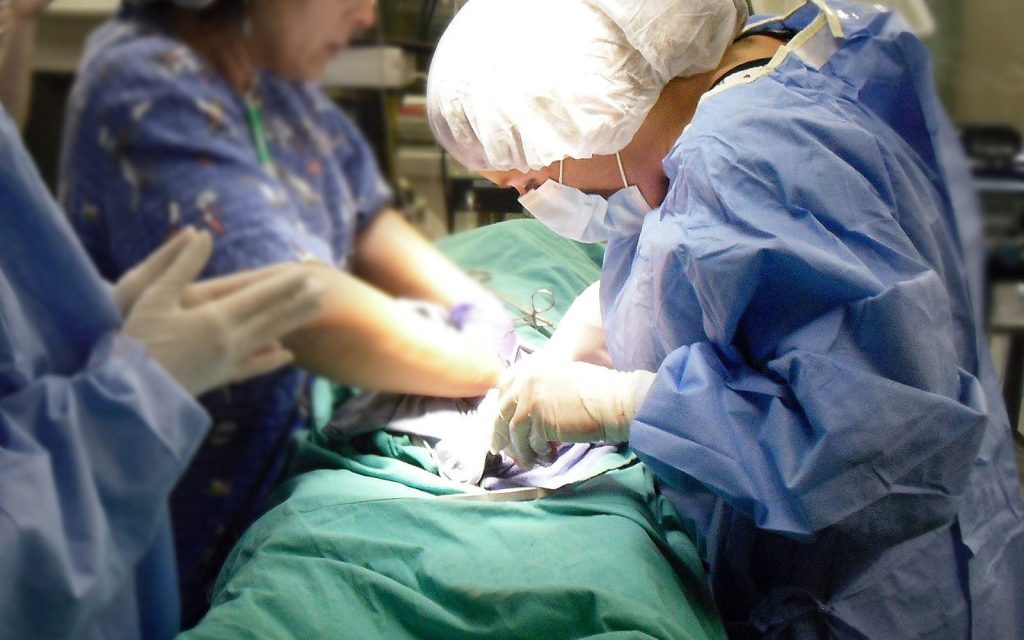
Andrews said he will miss his everyday interactions with students, but he is grateful for the camaraderie of the current and former medical illustration students and the close alumni engagement.
“We are like an extended family,” Andrews said. “It is just amazing how tight the students bond over their period of time here. We still have a couple of classes where those classmates get together as a group almost every year. The oldest group of alumni that are still doing that graduated in 1975. It’s wonderful. We honestly care for and encourage each other like a family and, even though I’m retiring, we still will always be family.”
 Augusta University
Augusta University
